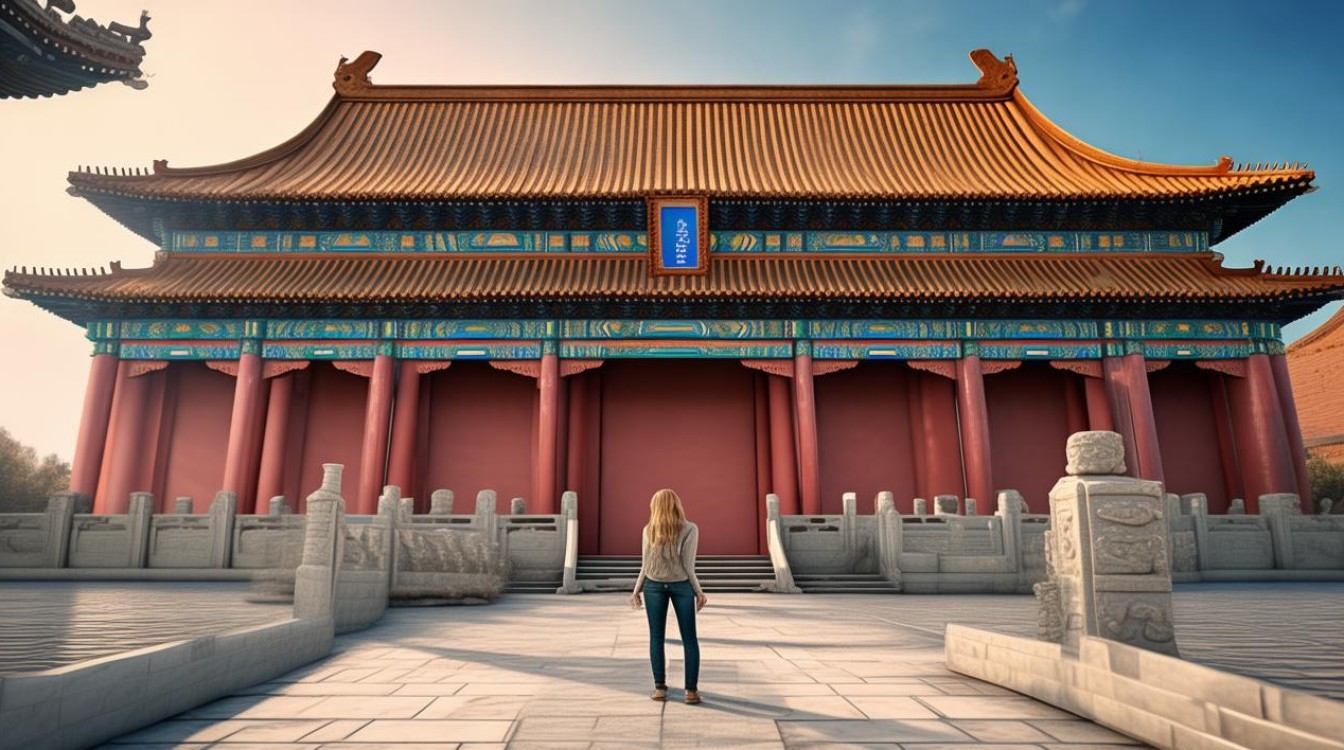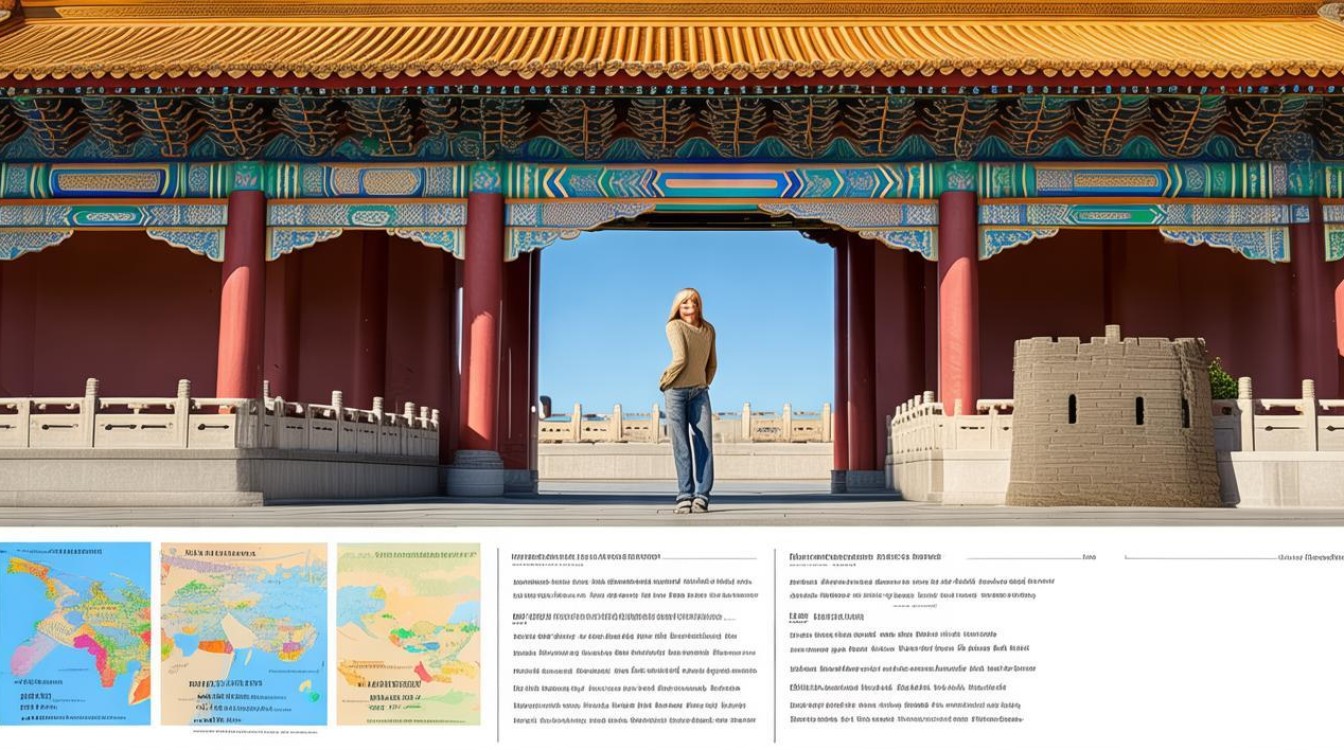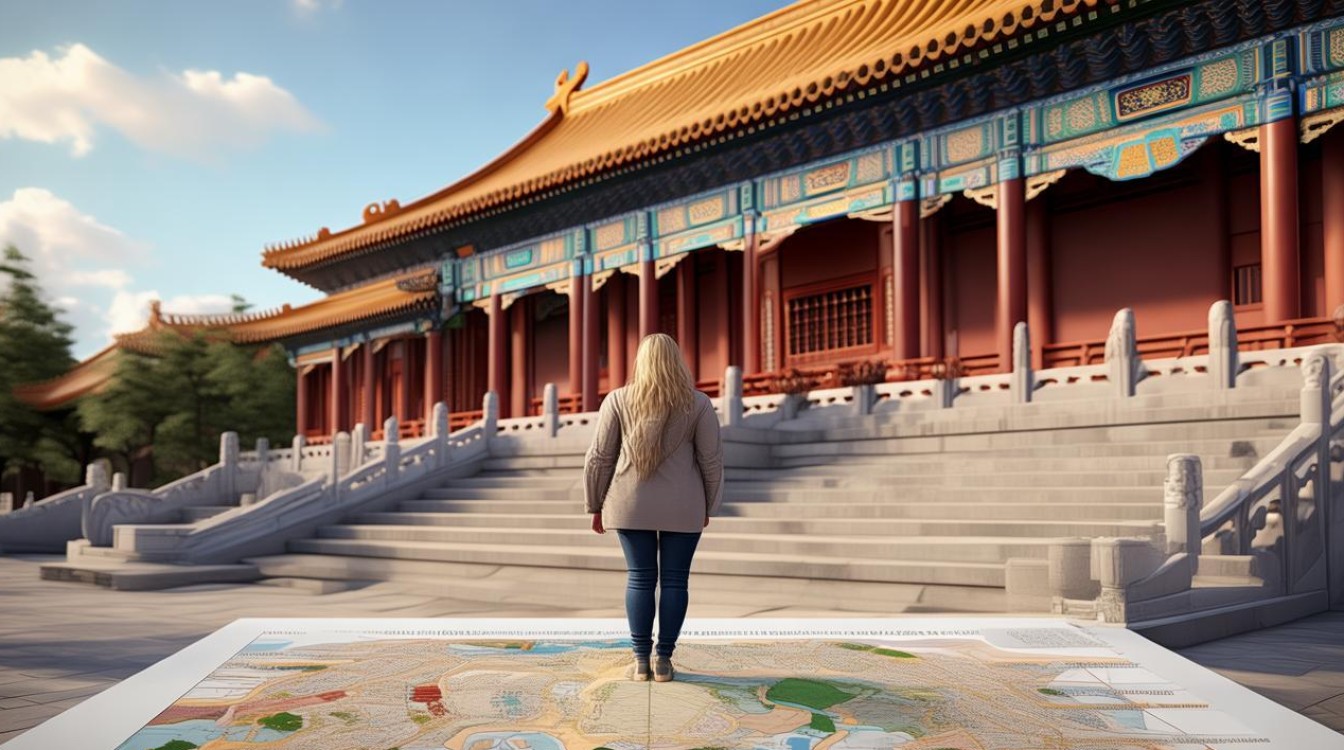China boasts a rich cultural heritage and breathtaking landscapes, attracting millions of visitors each year. Whether you're a traveler, student, or language enthusiast, knowing the English names of China's famous landmarks can enhance your experience. Below is a curated list of must-know terms, along with historical context and travel insights.

The Great Wall of China (长城 – Chángchéng)
One of the most iconic structures in the world, the Great Wall stretches over 13,000 miles. Key sections include:
- Badaling (八达岭) – The most visited and well-preserved section.
- Mutianyu (慕田峪) – Known for its scenic beauty and fewer crowds.
- Jiankou (箭扣) – A rugged, unrestored segment popular with hikers.
The Forbidden City (故宫 – Gùgōng)
Located in Beijing, this imperial palace served as the home of emperors for nearly 500 years. Key terms:
- Meridian Gate (午门 – Wǔmén) – The main entrance.
- Hall of Supreme Harmony (太和殿 – Tàihé Diàn) – The grandest hall for major ceremonies.
- Imperial Garden (御花园 – Yùhuāyuán) – A tranquil retreat within the palace.
Terracotta Army (兵马俑 – Bīngmǎyǒng)
Discovered in Xi'an, this archaeological wonder features thousands of life-sized clay soldiers. Important vocabulary:
- Pit 1 (一号坑 – Yīhào Kēng) – The largest excavation site.
- Emperor Qin Shi Huang (秦始皇 – Qín Shǐhuáng) – The ruler who commissioned the army.
The Potala Palace (布达拉宫 – Bùdálā Gōng)
Perched in Lhasa, Tibet, this UNESCO site was the winter residence of the Dalai Lama. Key terms:
- White Palace (白宫 – Bái Gōng) – Administrative quarters.
- Red Palace (红宫 – Hóng Gōng) – Religious and ceremonial halls.
West Lake (西湖 – Xī Hú)
A poetic retreat in Hangzhou, celebrated for its gardens and pagodas. Notable spots:

- Leifeng Pagoda (雷峰塔 – Léifēng Tǎ) – A historic tower with panoramic views.
- Three Pools Mirroring the Moon (三潭印月 – Sān Tán Yìnyuè) – A scenic islet.
Zhangjiajie National Forest Park (张家界国家森林公园)
Inspiration for Avatar's floating mountains, this park is famous for its quartz-sandstone pillars. Key vocabulary:
- Avatar Hallelujah Mountain (阿凡达哈利路亚山 – Āfándá Hālìlùyà Shān) – The renamed peak.
- Tianzi Mountain (天子山 – Tiānzǐ Shān) – Known for its sea of clouds.
The Bund (外滩 – Wàitān)
Shanghai’s waterfront showcases colonial-era architecture and modern skyscrapers. Key terms:
- Oriental Pearl Tower (东方明珠 – Dōngfāng Míngzhū) – A futuristic landmark.
- Huangpu River (黄浦江 – Huángpǔ Jiāng) – Divides old and new Shanghai.
Mount Huangshan (黄山 – Huángshān)
Renowned for its granite peaks and hot springs, this mountain is a UNESCO site. Key spots:
- Bright Summit Peak (光明顶 – Guāngmíng Dǐng) – One of the highest peaks.
- Flying Over Rock (飞来石 – Fēilái Shí) – A gravity-defying boulder.
The Summer Palace (颐和园 – Yíhé Yuán)
A masterpiece of Chinese garden design in Beijing. Key vocabulary:
- Longevity Hill (万寿山 – Wànshòu Shān) – The central hill.
- Kunming Lake (昆明湖 – Kūnmíng Hú) – A vast man-made lake.
Lijiang Old Town (丽江古城 – Lìjiāng Gǔchéng)
A well-preserved ancient town in Yunnan with cobbled streets and canals. Key terms:

- Black Dragon Pool (黑龙潭 – Hēilóng Tán) – A serene park with mountain views.
- Mu Family Mansion (木府 – Mù Fǔ) – A historic residence.
The Leshan Giant Buddha (乐山大佛 – Lèshān Dàfó)
Carved into a cliff, this 71-meter statue overlooks three rivers. Key vocabulary:
- Min River (岷江 – Mín Jiāng) – One of the rivers near the Buddha.
- Lingyun Temple (凌云寺 – Língyún Sì) – A nearby monastery.
Pingyao Ancient City (平遥古城 – Píngyáo Gǔchéng)
A well-preserved walled town from the Ming Dynasty. Key terms:
- Rishengchang Exchange Shop (日升昌票号 – Rìshēngchāng Piàohào) – China’s first bank.
- Ancient City Wall (古城墙 – Gǔchéng Qiáng) – A walkable historic fortification.
The Yellow Mountains (黄山 – Huángshān)
Famed for its sunrise views and "sea of clouds." Key vocabulary:
- Begin-to-Believe Peak (始信峰 – Shǐxìn Fēng) – A scenic viewpoint.
- Xihai Grand Canyon (西海大峡谷 – Xīhǎi Dàxiágǔ) – A breathtaking hiking trail.
The Mogao Caves (莫高窟 – Mògāo Kū)
A treasure trove of Buddhist art in Dunhuang. Key terms:
- Cave of the Library (藏经洞 – Cángjīng Dòng) – Where ancient manuscripts were found.
- Flying Apsaras (飞天 – Fēitiān) – Celestial beings depicted in murals.
The Three Gorges (三峡 – Sānxiá)
A dramatic stretch along the Yangtze River. Key vocabulary:

- Qutang Gorge (瞿塘峡 – Qútáng Xiá) – The shortest but most majestic gorge.
- Three Gorges Dam (三峡大坝 – Sānxiá Dàbà) – The world’s largest hydroelectric project.
China’s landmarks offer a window into its history, art, and natural beauty. Mastering these terms not only aids travelers but also deepens appreciation for the country’s cultural legacy. Whether you're planning a trip or simply exploring from afar, these words will enrich your understanding of China’s wonders.

